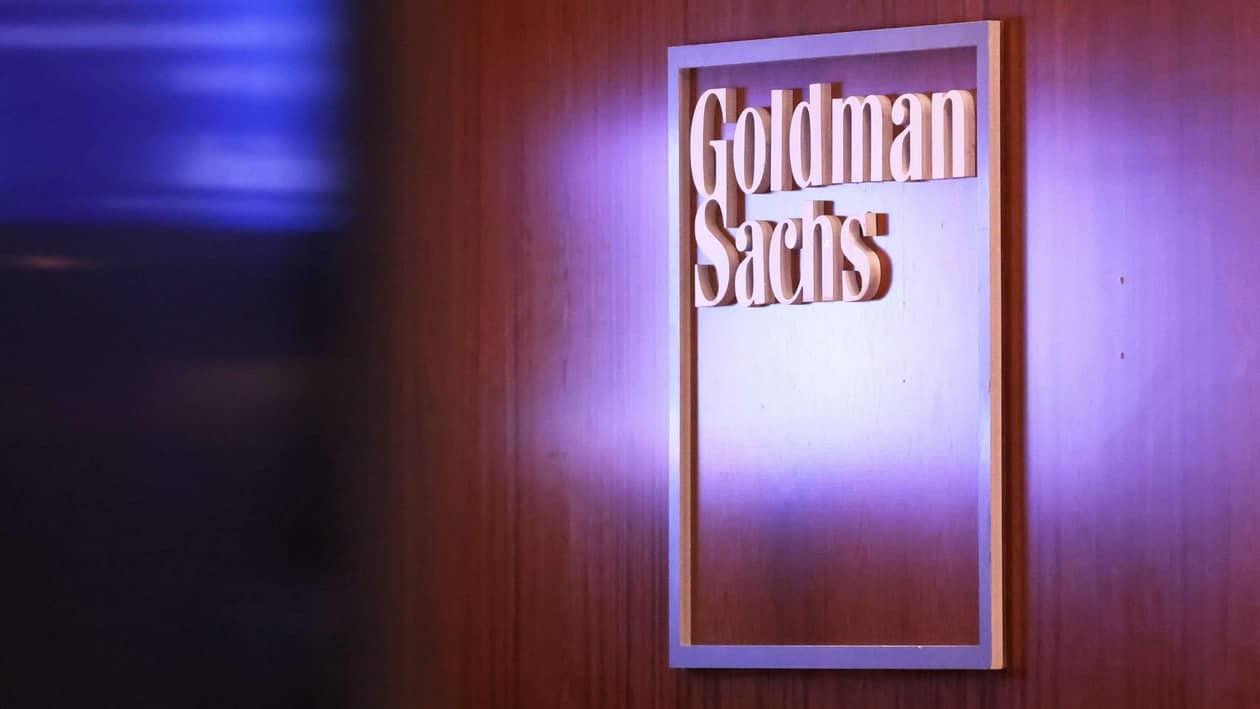(Bloomberg) -- Goldman Sachs Group Inc. lowered its forecast for India’s economic growth next year, citing a hit to consumer demand from higher borrowing costs and fading benefits from pandemic reopening.
Gross domestic product may expand by 5.9% in calendar year 2023 from an estimated 6.9% this year, Goldman economists led by Andrew Tilton wrote in a report Sunday.
“Growth will likely be a tale of two halves, with a slower first half as the reopening boost fades, and monetary tightening weighs on domestic demand,” they wrote. “In the second half, growth is likely to re-accelerate as global growth recovers, drag from net exports diminishes, and investment cycle picks up.”
India, which emerged from the pandemic to reclaim the fastest-growing major economy title last financial year ended March, is struggling to repeat that performance amid a plethora of challenges, from a hawkish US Federal Reserve to higher consumer-price growth, and widening fiscal and external deficits. Goldman sees a pickup in investment cycle toward the second-half of 2023 aiding India’s growth rebound.
The rupee is among the best performing currencies in the region despite some depreciation against the US dollar, the Goldman analysts said, adding that headline inflation too will ease to 6.1% next calendar year from an estimated 6.8% this year.
Upside risks to inflation means the Reserve Bank of India will likely raise the benchmark interest rate by 50 basis points in December and another 35 basis points in February, to hit a terminal rate of 6.75%, Goldman economists wrote. The benchmark rate stands at 5.9% now.
